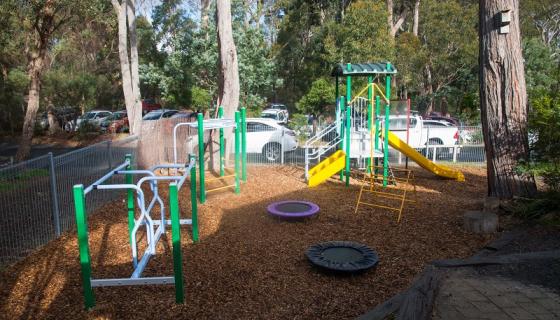
Updated position on safety in children's environments
This information was updated on 28 September 2021 using guidance from ACECQA, Australian Competition and Consumer Commission Product Safety Australia and Kidsafe.
The Education Standards Board has approved a policy position on what it considers to be ‘reasonable precautions’ required by approved providers to protect children from harm.
Ensuring that ‘every reasonable precaution is taken to protect children being educated and cared for by the service from harm and hazard likely to cause injury’ is a requirement of s. 167 of the Education and Care Services National Law.
The board has provided clearer guidance to people building new services or undertaking major upgrades of existing services.
The following applies to all new service approvals from 1 November 2019:
Children under two and small objects
Children under two should not have access to small objects in outdoor play spaces (of a size that presents a choking hazard). This includes mulch, bark chips and stones.
Kidsafe and ACECQA both publish information sheets on the value of outside play spaces and safety considerations. The ACECQA information sheet on babies and outdoor play recommends that anything smaller than a D-size battery is a choking risk.
The Australian Competition and Consumer Commission also provides guidance on buying safe toys and making a DIY safety tool for checking the size of small objects.
Finger guards on hinged doors
SA Health has advised us of severe injuries to children’s fingers in education and care services.
There have been several amputations and a larger number of crushing injuries.
These can be prevented by fitting finger guards to the hinge edges of doors that may be accessed by children. Sliding doors can be fitted with stoppers that prevent the door being shut on a hand.
Finger guards are required on the hinged side of the door/gate and may also be required on the unhinged side depending on the risk to children
We have also seen an alternative hinge arrangement used on children’s toilet doors, creating a larger gap to prevent fingers being caught in the hinge side.
Making self-closing doors safe
Doors that children may access must be self-closing, adjusted to a slow close using a cushioning device. This allows children time to react.
In high traffic areas, doors should be able to be fixed in an open position by use of mechanical means, for example a cabin hook or drop bolt.
Doors that rely on the cushioning device to hold the door open can be blown shut by a strong breeze.

